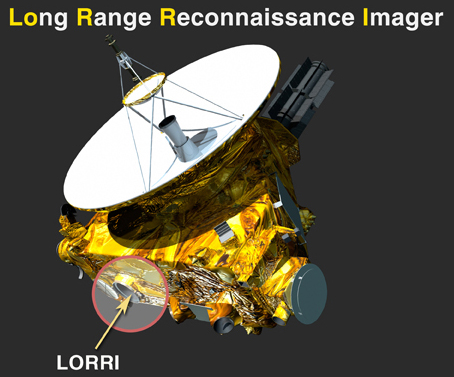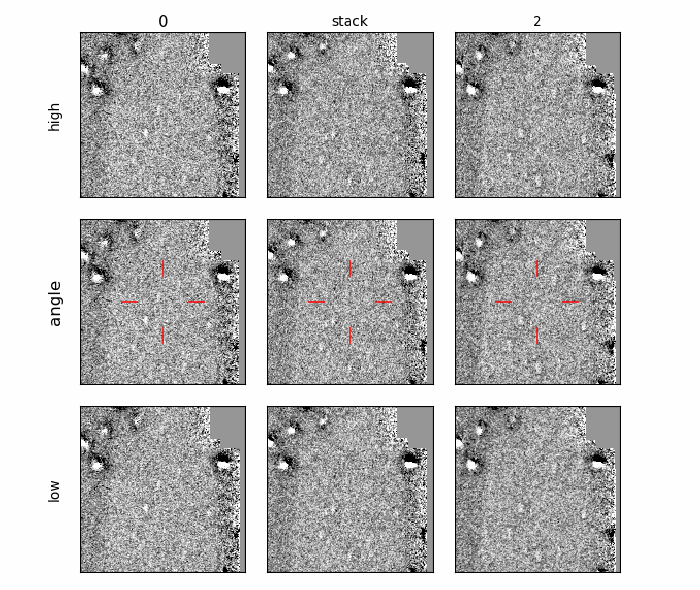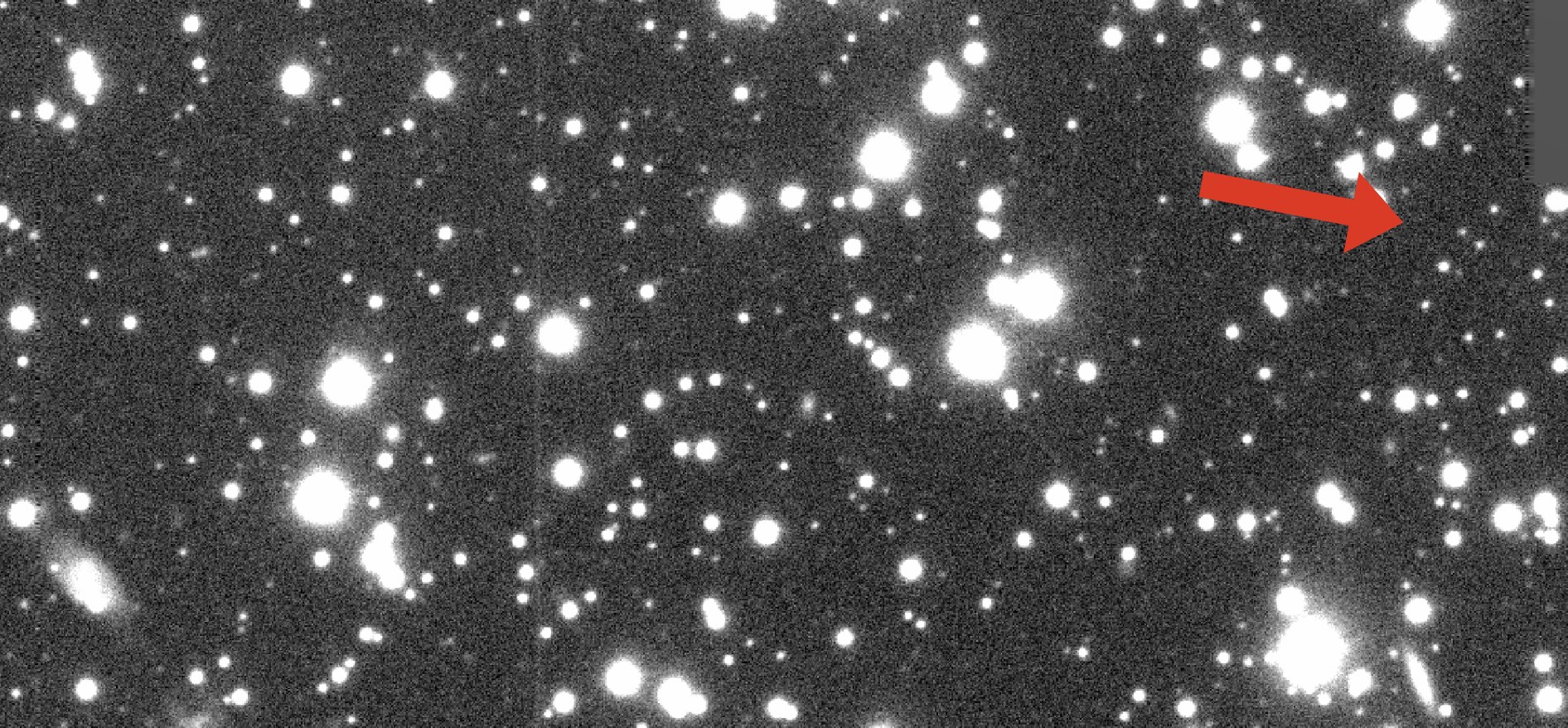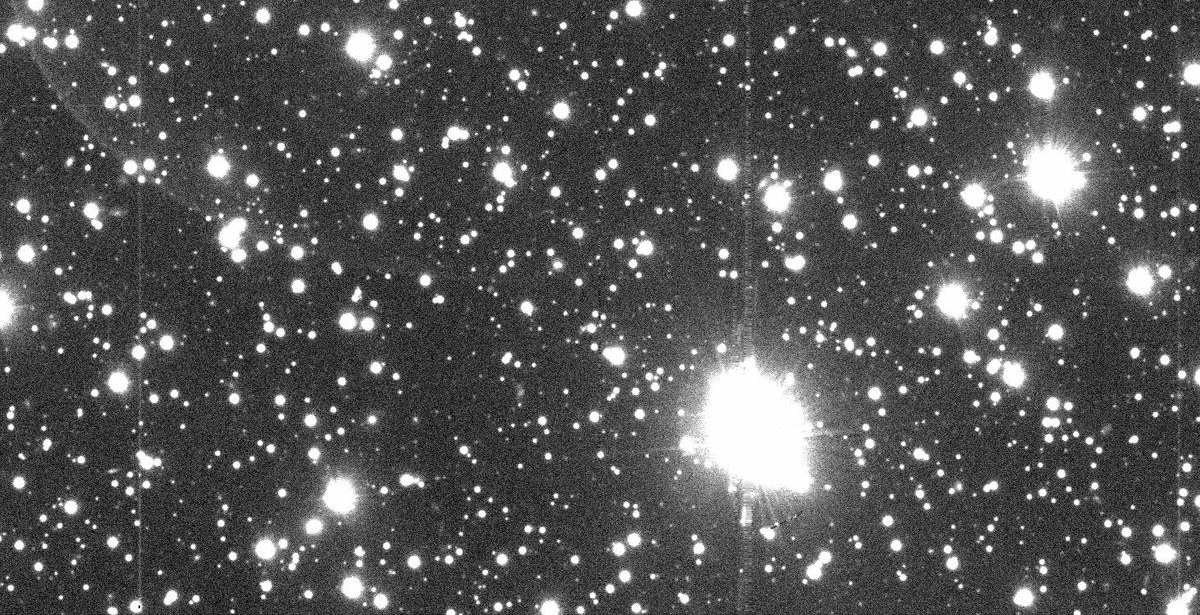This past summer my research life has been wholly consumed by a project I have been working on with the New Horizons Team. We are trying to find new objects to observe with the New Horizons Spacecraft.
The Spacecraft
NASA's New Horizons spacecraft was launched in 2006 and flew by Pluto, and the small Kuiper Belt Object Arrokoth. For a sense of what that was like, I made a rendering of the known Kuiper Belt, and the trajectory that the spacecraft took.
New Horizons is that white triangle, and all those other points are real known Kuiper Belt Objects. You can also see the gas giants as the four coloured circles.
Classical Kuiper Belt Objects are shown in red. These are objects like Arrokoth, that are contained in a tight ring. Now and for the next couple years, the spacecraft is just inside the outer edge of the classical Kuiper Belt. What's awesome about New Horizons, is it has a telescope on it! That allows us to observe Kuiper Belt Objects (KBOSs) relatively up close - not as close as during the flybys, but at angles that we wouldn't get from the Earth. Cool!

The Project
The New Horizons Science Team - of which I am a member - are using the Subaru Telescope, and it's kick-ass Hyper Suprime-Cam to search the region ahead of the New Horizons spacecraft, to where it is flying, all to look for new KBOs bright enough to image with LORRI. It's a pretty awesome project because we are given a chance to look at these bodies from within the Kuiper Belt itself!
The way we seach for these things is to take repeated images of the same region of the sky. The Hyper Suprime-Cam (HSC) is an imager with a very wide field of view, allowing us to cover a very large region of the sky quite quickly. By taking a bunch of images repeatedly of the same region, we can do what I call shift'n'stack (a topic of my PhD thesis) where we shift each image by a little bit to account for potential motions of moving bodies in the frame. If we get the shift rate and angle correct, the object appears in stacks of those images, and is not apparent when the shifts weren't quite right. Here's an example. I call this object NightBright. We produce three separate stacks (left, middle, and right) from the data, just to be sure that the source shows up in all the data.

All the junk you see in the above image is actually the residuals left over from our image subtractions. We take all the images acquired in a night, and make an average image. That average image is then used to remove all the stationary stuff from the images, before we shift and stack them. The subtraction isn't perfect, but is absolutely critical, because otherwise we'd be overwhelmed by the stars. We are looking very close to the galactic plane. Here's what an unsubtracted image around the region of the above target looks like:

The red arrow marks where NightBright is in the original, unsubtracted images. It isn't there in a single image. We need to shift and then stack all the images from a night to get faint enough to see it. And yeah, most of the stars are removed as a matter of convenience. We are using precursor software developed for the up-coming Large Synoptic Survey Telescope. It's pretty amazing software. Here's just how well the subtraction works!

In the subtracted image, one can see a moving source in the upper-centre part of the frame. It looks like a round white source ontop of a black streak. That streak is due to the subtraction of an average sky template, which contains a positive streak that is an average of the object as it moves through the images. The positive streak becomes negative in the differenced image, which is original minus average images. The negative streak is essentially just a cost of the approach. The benefit is obvious though. Bye bye stars!
Results so far
At this point we have found a bunch of new objects (can't disclose exactly how many) that we intend to observe with LORRI during 2021 and in through 2023. We are also trying to push the observing campaign into 2021 by asking for 12 more nights on Subaru. Yes this is a huge amount of time, but it's our last chance to use New Horizons while it is still in the Kuiper Belt. Once it passes the objects, they become too faint to observe. Once they're gone, they're gone!
The Team
Many people on the New Horizons team have contrinbuted greatly to this work: John Spencer, Anne Verbiscer, Alan Stern, Fumi Yoshida, just to name a few.
While there are a whole lot of people involved in making this project happen, I want to make special shout-outs to Dr. JJ Kavelaars at the Herzberg Institute for Astronomy and Astrophysics, and Dr. Simon Porter at the Southwest Research Institute. Together, JJ and I are predominantly responsible for producing many of the data products our team searches, including running the LSST pipeline and managing the ~70 TB of data we have created. Beyond running his own search, Simon has been waving his magic wand and producing orbits out of the detections we find, in the way that only Simon can.